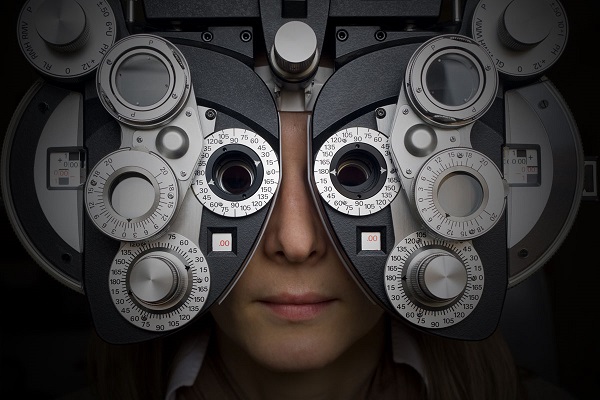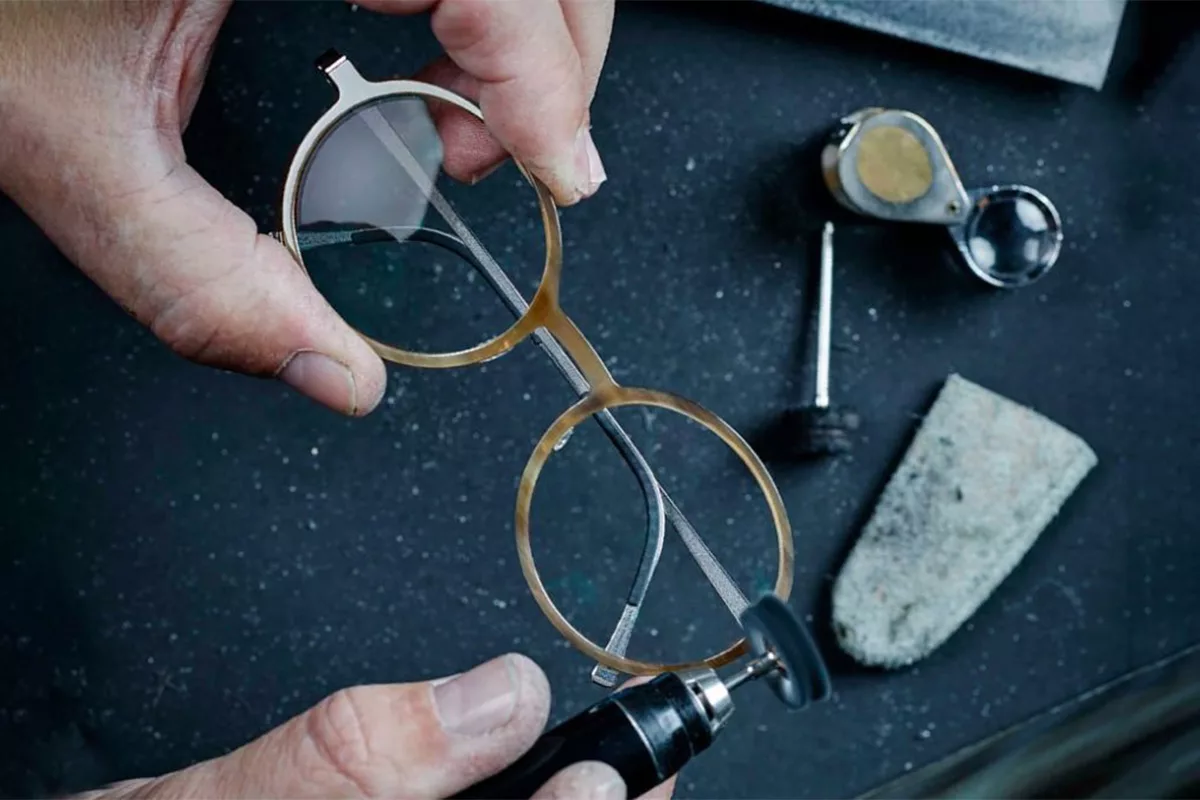By approving the Allied and Healthcare Professions Bill, a major step has been taken by the Indian government to help standardise the Indian optometry segment. Read on to know what Monica Choudhary has to say about this historic move…
22nd November 2018 was a historical day when the Union Cabinet chaired by Prime Minister Narendra Modi approved the Allied and Healthcare Professions Bill, 2018 for regulation and standardisation of education and services by allied and healthcare professionals.
This was long awaited. It was in the year 2007 that this initiative was proposed but due to unpreparedness it fizzled out. The aim for those proposing this is to see it pass through the parliament.
The bill provides for setting up of an Allied and Healthcare Council of India and corresponding State Allied and Healthcare Councils, which will play the role of a standard-setter and facilitator for professions of Allied and Healthcare.
In 2012, the Ministry of Health and Family Welfare (MoHFW) through a study conducted by Public Health Foundation of India (PHFI) released a report from paramedics to Allied health care. This study was undertaken to do the situational analysis of the 65 lakh allied health care professionals. The report was an eye-opener. The terminology ‘paramedical staff’ was changed to ‘allied’ and the word Allied Health was defined and the report also projected the deficiency of the Doctors and nurses and a skewed ratio from rural to urban Areas.
The key highlights of these reports were
- Para-medical professions are not regulated;
- Entry-level qualifications are different at different levels;
Level of knowledge and skills is not uniform since the period of training differs from place to place and has no uniformity; - Course curricula are not uniform;
- Fee structure and facilities in these institutions are not regulated;
- Ethical standards are not uniform and are not being enforced.
The lack of planned courses and institutions, non-uniform nomenclature for the existing courses, diverse standards of practice and lack of qualified faculty pose a threat to the quality of education and skills of the AHP in India.
Above all, the job roles of each profession were also not defined. Each one had a different nomenclature, a different set of skills learned and delivered, and education standards were a mess. The report clearly blamed it to Medical dominance which never allowed these allied workers to flourish and prove their worth.
The country by this documented the justification of allied health professional workforce to be well educated, trained, community-oriented and work as an integral part of the medical team and build an effective health care system, will bring in standardisation of education, quality control and define job roles.
The standardisation of the curriculum has perhaps been done for some professions. 2013, MoHFW had set up a task force constituting of experts and academicians from each profession. With national and international inputs, a draft of the standard minimum curriculum was formed, reviewed by experts and uploaded for the public. 2015 onwards we have this minimum national curriculum uploaded by MoHFW to be followed.
Optometry was one of them.
This MODEL CURRICULUM HANDBOOK OF OPTOMETRY states “Optometry as a profession has the primary public health responsibility for eliminating uncorrected refractive error. To provide excellent vision care to all the people of the country, India needs 116,000 optometrists.”
It defines it as “Optometry means a health care profession that is autonomous and concerned especially with examining the eye for defects and faults of refraction, with prescribing correctional lenses, eye exercises and/or visual rehabilitation care for visually impaired, with diagnosing diseases of the eye, and with treating such diseases or referring them for treatment.”
The proposed structure has a two-year ophthalmic assistant and a four-year graduate called the optometrist. Various levels, job roles and outline of the curriculum is the detailed and a good reference for any optometry education centre to set up standards.
Some universities were glad to adopt it but many more refused to accept it as it was not binding and second the motivation in absence of regulation was poor. It is now after the announcement of the bill the institutions shall be forced to reinforce the guidelines.
The government will give in some window period to improve infrastructure and standards but the student who graduated out will now have to pass through and central board to prove his knowledge standards and hence competency and licence to practice.
The ambiguity or grey areas are what happens to the existing ones – of course, there will be a path to standardise and educate them – that is yet to be clarified is anxiously awaited. The bill will impact and lead us to a better future but may create some confusion in the present which would ultimately stabilise.
The point is as long as it is for the people, by the people and of the people. The profession is an untapped treasure which will bring back the healthy vision in the country and shall be now educated to fill up the gap of shortage of doctors.
The challenges will be many for sure, but the country had to make a beginning.
Reference Links
https://a2hp.mohfw.gov.in/ExecutiveSummary.pdf
http://pib.nic.in/newsite/PrintRelease.aspx?relid=185894
https://mohfw.gov.in/sites/default/files/4521325636987456_0.pdf
Prof. Monica Chaudhry
Director, School of Health Sciences
Ansal University, Gurgaon












